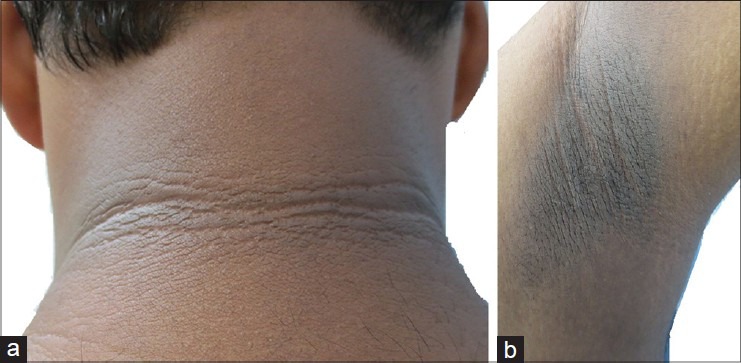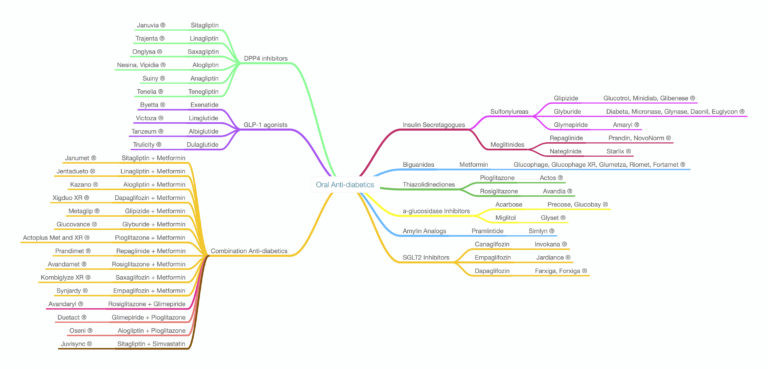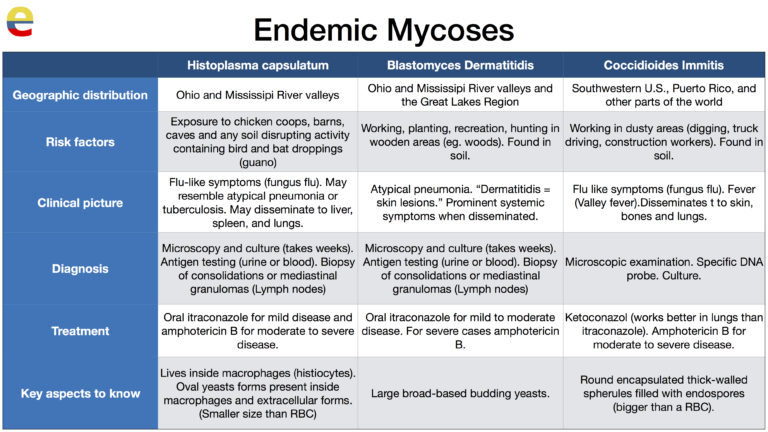Aortic Stenosis Severity Classification

Classification of aortic stenosis by severity using echocardiogram assessment. A simple way of understanding the severity of aortic stenosis.

Classification of aortic stenosis by severity using echocardiogram assessment. A simple way of understanding the severity of aortic stenosis.

How to test for vitamin D deficiency? 1,25-dihydroxyvitamin D or 25-hydroxyvitamin D

Acanthosis nigricans (AN) is a skin manifestation seen in patients with certain medical conditions such as insulin resistance, malignancy, drug-induced acanthosis nigricans and others. There are some important aspects to remember for the board exams. Clinical features: Hyperkeratotic and hyperpigmented…

The oral anti-diabetic drugs classification can be overwhelming to look at the beginning. However, since they are commonly used, it is extremely important to familiarize with them. Memorizing the type of the anti-diabetic medications depending on their mechanism of action,…

The endemic mycoses (dimorphic fungi) are important causes of lung and systemic infections that are somewhat neglected in the medical practice with deleterious results (1). The most important endemic mycoses that affect the respiratory tract are Histoplasma capsulatum, Blastomyces dermatitidis, and Coccidioides immitis. They…

Objective: Describe useful test-taking strategies for the USMLE exams so that the reader gets ready to understand how to approach a question in a more effective way and start practicing it on a daily basis. The same strategies may be…

The USMLE Step 3 exam is the final step of the USMLE examination series. It is a two-day examination which consists essentially of multiple choice questions and Computer-Based Case Simulations (CCS). It is very important to get familiar with the…

The USMLE Step 3 exam is the final USMLE examination required to practice medicine in the United States. The “application for the USMLE Step 3 exam” is slightly different than the application for the other steps. In this post, we…